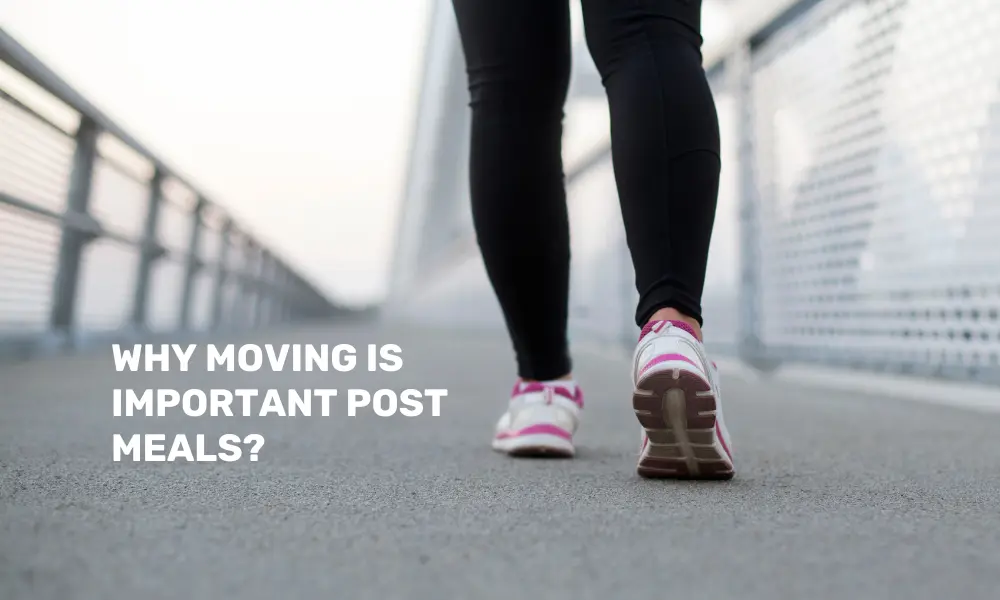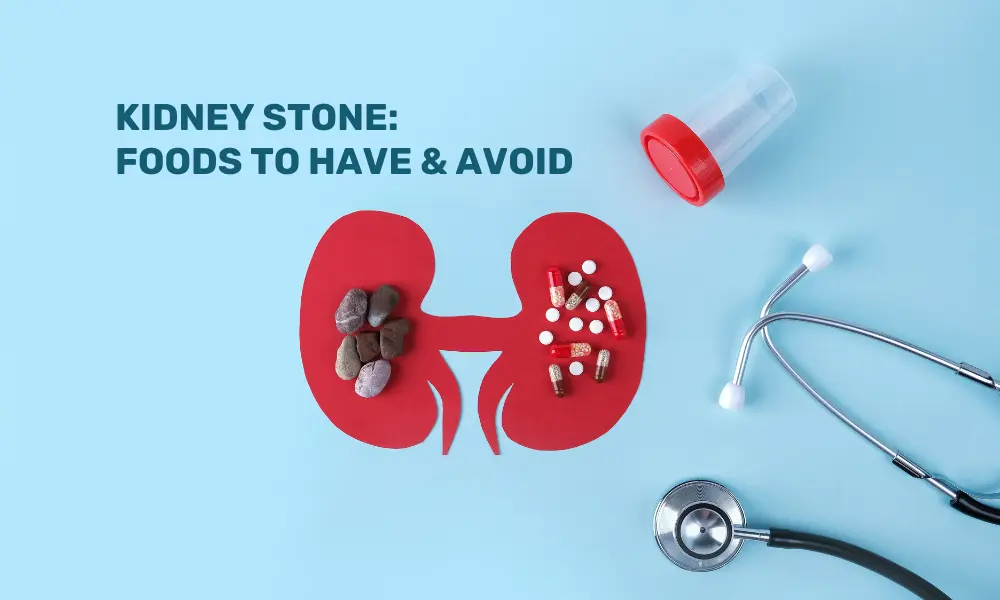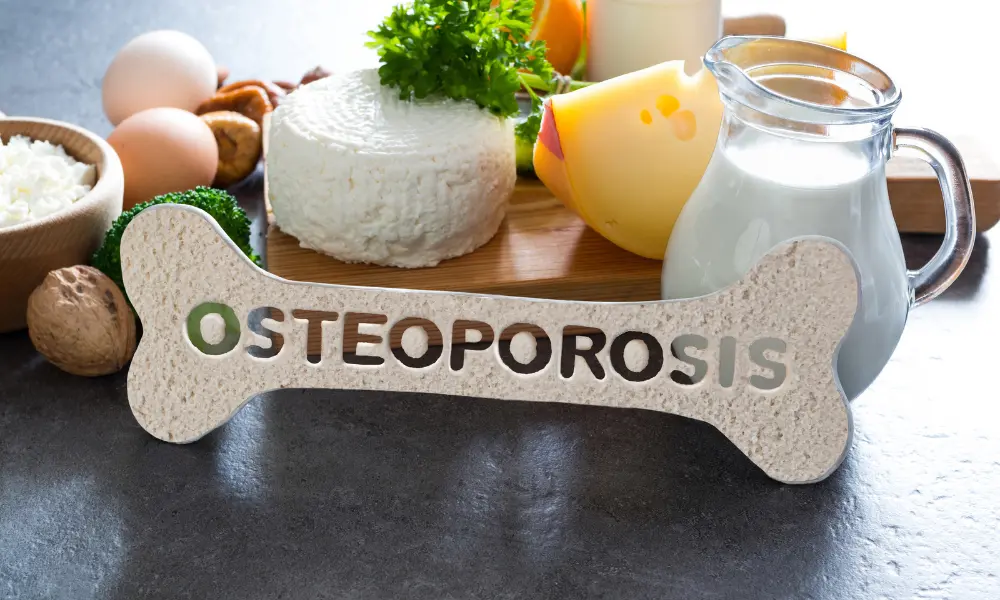We tend to view meals as a time to unwind, indulge in some grub, and then sit back to relax. Relaxation is certainly needed, though, lounging entirely in one position after eating might not be the best option for your overall wellness. Engaging in light physical activity after meals has numerous scientifically backed benefits for your digestion, metabolism, and overall health.
Our in-house expert, Dt. Aparna Pandey, MSC in Nutrition and Dietetics, shares why being active after meals is beneficial and how to incorporate it into your daily life.
Aids Digestion: When we consume food, our digestive system will do its job to digest food and absorb nutrients. When we lie down or remain stationary for a long time soon after eating, the process may be delayed, and we can experience discomfort, bloating, and gas. Mild walking activity stimulates peristalsis, the wave-like movement of muscles in the digestive tract. This provides for smooth movement of food and keeps indigestion or acidity at bay.
Controls Blood Sugar Levels: One of the largest reasons to be physically active after eating is its influence on blood sugar. Following a meal, particularly a carbohydrate meal, glucose in the blood naturally increases. For those with insulin resistance, diabetes, or even weight management, this increase is of concern. Studies indicate that light walking for only 10–15 minutes after a meal lowers postprandial (after meal) blood sugar levels dramatically. Movement helps muscles absorb glucose from the bloodstream, lowering the burden on insulin and improving glycemic control.
Prevents Reflux and Acidity: Lying flat immediately following a heavy meal can increase the risk of heartburn or acid reflux. This is because the stomach is packed and gravity is no longer able to assist in maintaining acid within its original location. Walking or standing up gradually after meals utilizes gravity to our advantage, allowing food to settle into the stomach and reducing symptoms of reflux. This is especially useful for those with a risk of gastroesophageal reflux disease (GERD).
Boosts Metabolism: A brief episode of yes movement after meals mildly stimulates the body’s metabolism. It is not that you are burning a ton of calories at once, but it maintains the metabolic rate constant and avoids lethargy. In due course of time, this can help in improved weight control since it avoids the vicious cycle of overeating followed by idleness, which tends to lead to fat deposition.
Improves Energy Levels: Did you know that after a big lunch, sitting at your workstation usually makes you sleepy? That is because the blood is routed towards digestion, leaving you drowsy. Walking around stimulates circulation, maintains oxygenation, and avoids that afternoon slump. Taking a walk, stretching, or even doing some light household chores can get your energy back and keep you more awake.
Support in Heart health: Regular high after-meal blood sugar spikes can put a strain on the cardiovascular system over time. By exercising after meals, you minimize glucose fluctuations, which indirectly benefits heart health. Research indicates that this simple lifestyle behaviour reduces type 2 diabetes, high blood pressure, and heart disease risks.
The Right Way to Move After Meals: Not all exercises are appropriate after meals. High-intensity exercises such as running, heavy weights, or intensive training may trigger cramping or discomfort as blood flow is redirected away from the digestive process. Alternatively, here are some light activities that are most suitable:
-
Walking: 10–20 minutes at a leisurely pace
-
Light stretching: Relaxes muscles and aids circulation
-
Household chores: Cleaning up the dishes, folding laundry, or straightening up keep you moving without exerting yourself
-
Yoga: Gentle poses such as Vajrasana (sitting on heels) promote digestion and quiet the mind
The Bottomline
Exercising after meals is an easy yet effective habit that can alter the way your body processes food. From enhanced digestion to stable blood sugar levels and increased energy, the benefits are numerous to ignore. You do not need to do an intense workout; 10 to 15 minutes of light exercise is all you need to feel the difference. The next time you finish a meal, do not feel like lying down or stuck in your seat. Instead, take a quick walk or engage in some light work. Your body will appreciate you for it. For more such nutrition-related tips – CLICK HERE!
Disclaimer: This article is meant for informational purposes only and must not be considered a substitute for professional advice.





